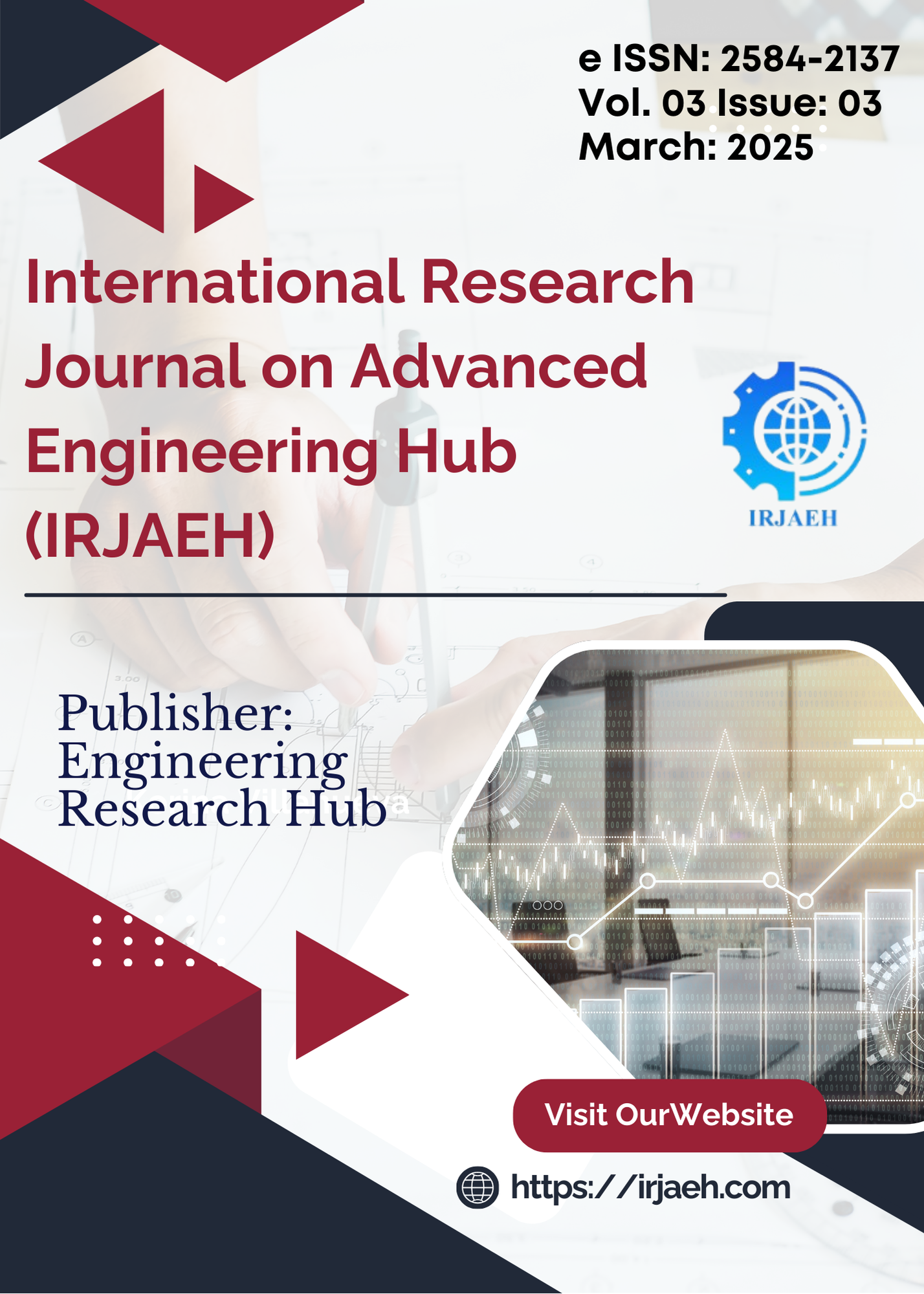Optimized LSTM Model for Day-Ahead Solar Power Prediction
DOI:
https://doi.org/10.47392/IRJAEH.2025.0092Keywords:
ACO, PSO, Hyper parameter tuning, LSTM, PV systemAbstract
The effective integration of photovoltaic (PV) systems into the grid which facilitates better planning and resource allocation depends on accurate day-ahead solar power forecasts. This paper proposes a Long Short-Term Memory (LSTM) model for forecasting solar power generation one day in advance with the algorithm inspired by Ant Colony Optimization (ACO). A year's worth of real-time data for a 4.5 kW PV system is used to train and test the model with input characteristics including temperature, PV power production and solar irradiation. Over the course of three seasons—summer, winter, and monsoon—the performance of the ACO-optimized LSTM model is contrasted with that of a simple LSTM model and an LSTM model enhanced by particle swarm optimization (PSO). This encompasses metrics like R-squared (R²) values, Mean Absolute Error (MAE) and Root Mean Square Error (RMSE). The PSO-optimized LSTM model (MAE of 0.31 kW, RMSE of 0.38 kW and R² of 0.88) and the baseline LSTM model (MAE of 0.35 kW, RMSE of 0.42 kW and R² of 0.85) couldn't match the ACO-optimized LSTM model's summertime MAE of 0.27 kW, RMSE of 0.33 kW and R² of 0.92. Similar trends also surfaced throughout the monsoon and winter seasons, with the ACO-optimized model consistently outperforming the others. In the winter, for instance, it obtained an R² of 0.93, an RMSE of 0.26 kW and an MAE of 0.22 kW. With regard to hyper parameter optimization and overall performance, these findings demonstrate the ACO-optimized LSTM model's superiority over the baseline and PSO-optimized LSTM models highlighting its improved prediction precision for all seasons. The effectiveness of ACO in bolstering solar power forecast models is confirmed by this study and provides a solid basis for deep learning model improvement in practical PV applications.
Downloads
Downloads
Published
Issue
Section
License
Copyright (c) 2025 International Research Journal on Advanced Engineering Hub (IRJAEH)

This work is licensed under a Creative Commons Attribution-NonCommercial 4.0 International License.

 .
. 